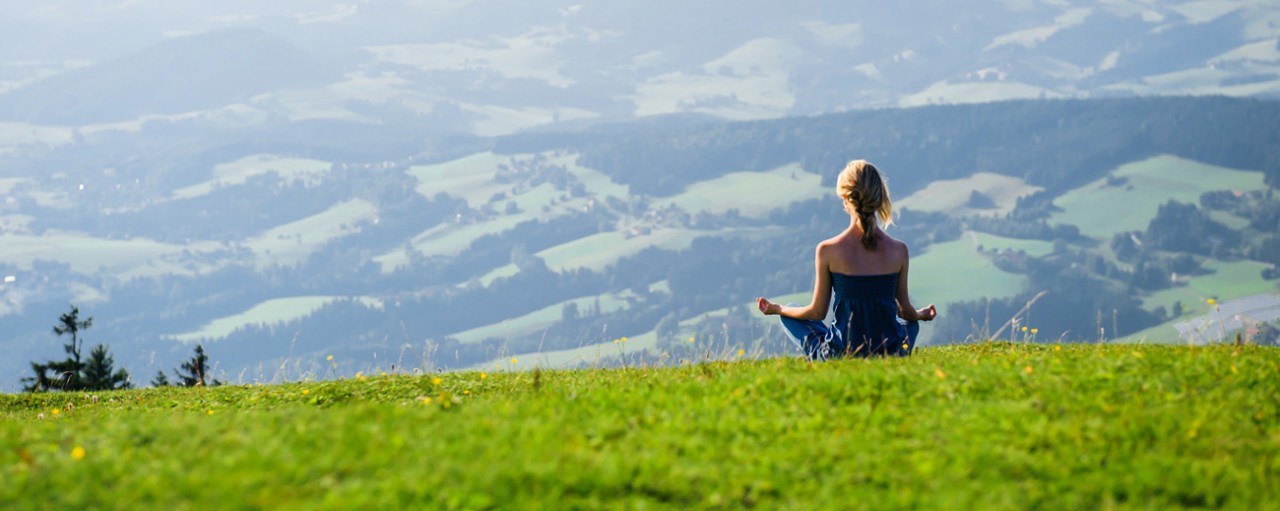The eight fold path, are as rungs of the ladder and in the logical order as prescribed by Patanjali:
1)Yama: The moral codes of conduct: Ahimsa(Non-violence), Satya(Truthfulness) Asteya(Non stealing), Brahmacharya(Celibacy) and Aparigraha (non covetousness)
2)Niyama: Personal rules of conduct: Shaucha(Cleanliness/purity),Santosha(satisfaction), Tapas(austerity), Swadhyaya(self study) and Iswar Pranidhan(surrender to divinity)
3)Asana: Physical postures that are validated as a physical manifestation of the divinity in nature. Noticed how asana nomenclatures are nature inspired? This basic practice that begins at the somatic body attunes our minds to the perception of our body at the psychosomatic level, thus beginning the journey towards our inner world. Asana practice progresses to a steadiness of the body and prepares one for the next rung of the ladder….
4)Pranayama: is defined by Patanjali as a controlled and measured speed of inhalation and exhalation with retention breaks. Different permutations of these create respective effects on the psychophysiological level and when teamed with bandhas, bring about a control of the mind and the involuntary processes of the body. The life energy, Prana is cleansed and envigorated through Pranayama practice.
These first four steps are called Bahiranga Yoga: the outward yoga.
The Antaranga Yoga: The inward journey that is constituted of the last four rungs of the ladder.
5)Prathyahara: withdrawal of the senses comes when the mind has been tamed through the practice of breath awareness and pranayama. This will lead us towards
6)Dharana: which creates a single pointed focus to enhance perceptivity and takes us onwards to
7)Dhyana: Meditation. Here begins the enquiry of the truth by perfect contemplation on consciousness. Insights into the distinction of objects and a clearer perception of the subtle levels will come with practice of Dhyana. Finally, consciousness is transcended to enter the realm of..
8)Samadhi: is the final culmination of the conscious mind into the universal sattvik(pure) consciousness to arrive at absolution(kaivalya).
A very fundamental aspect of yoga is tattwa/bhoota(elemental)-shuddi(purification). The physical body is created from the elements of ether, water, air, fire and earth. Incidentally, this is also the reason that Hindus cremate their dead- to consign back the body to the elements.
The main purpose of yoga is to use this physical body which houses the soul to merge back into the universal elements to experience the bliss of the only truth of universal consciousness.


